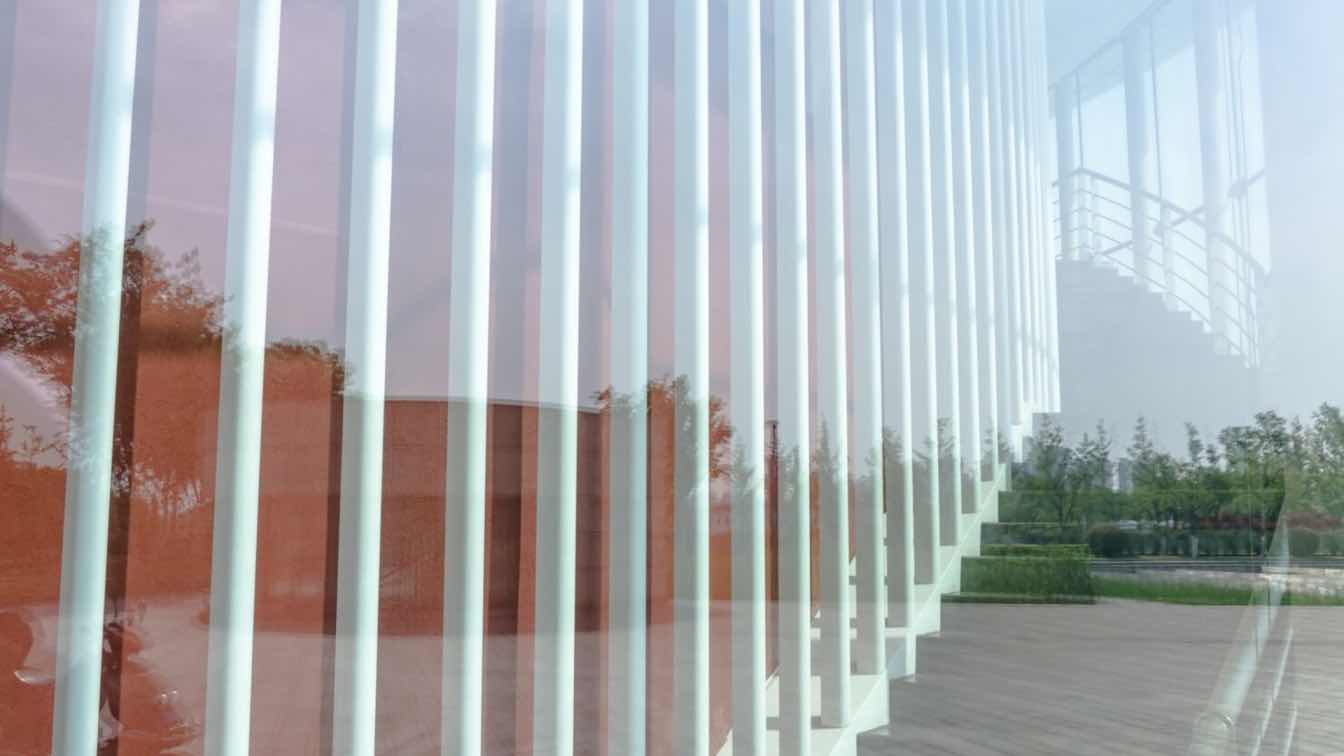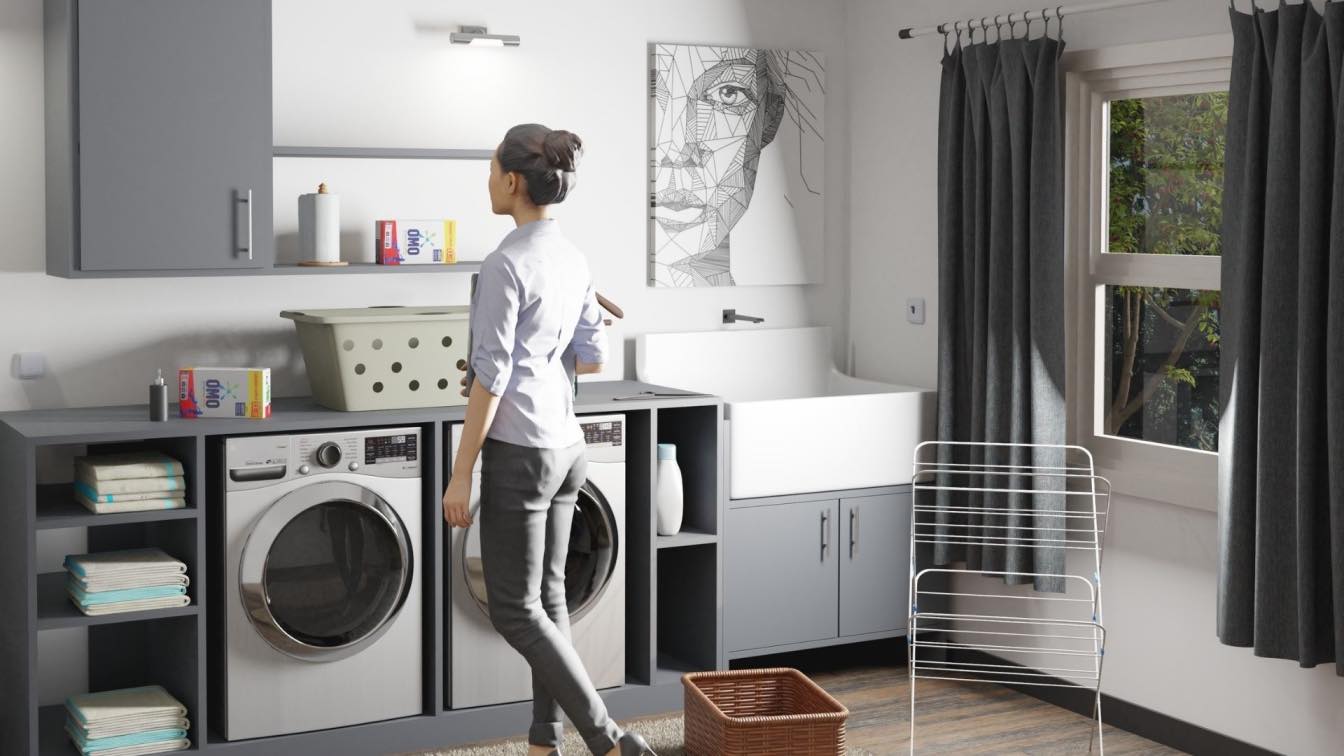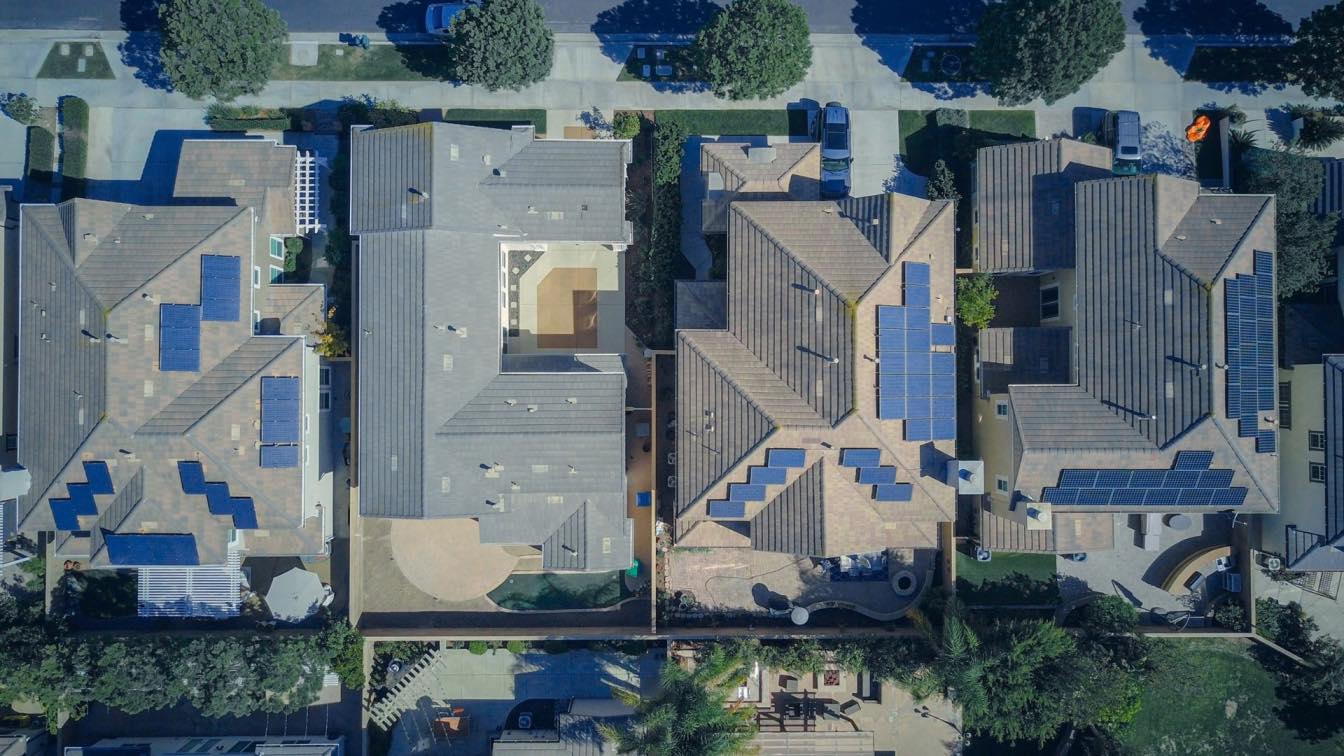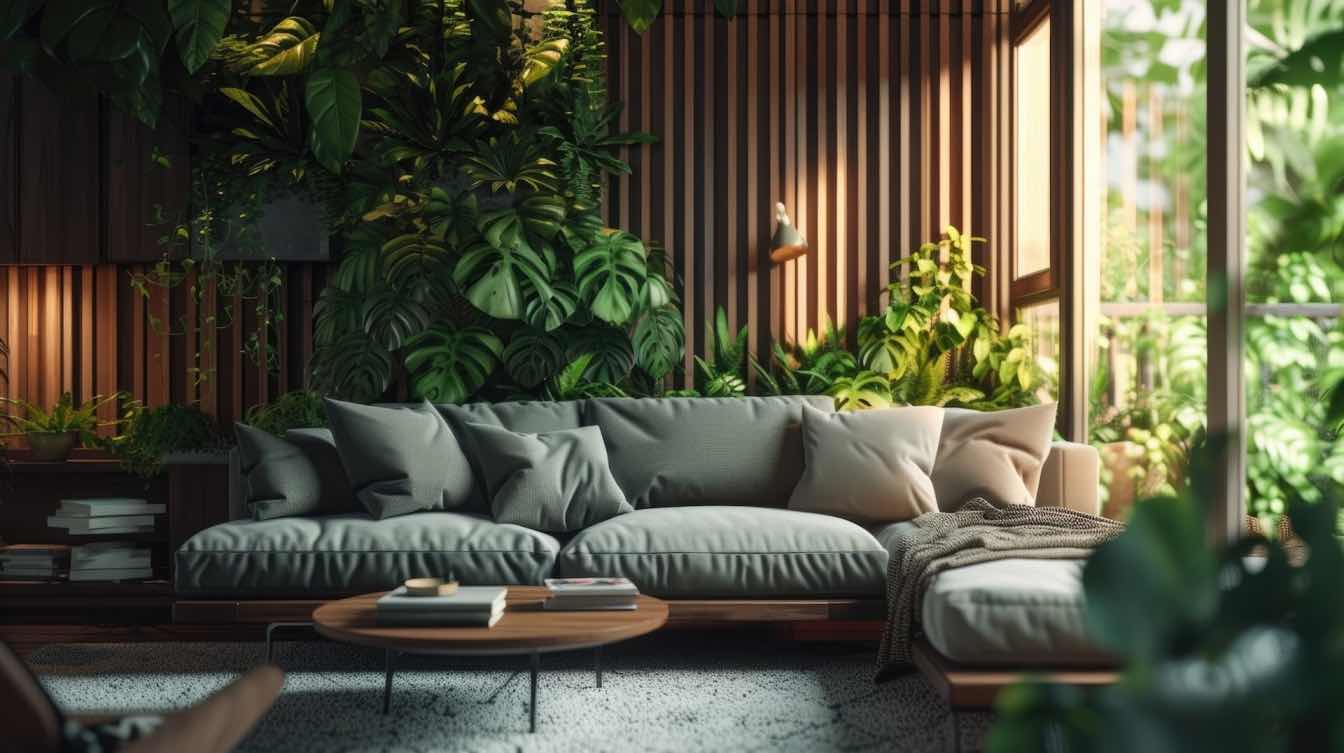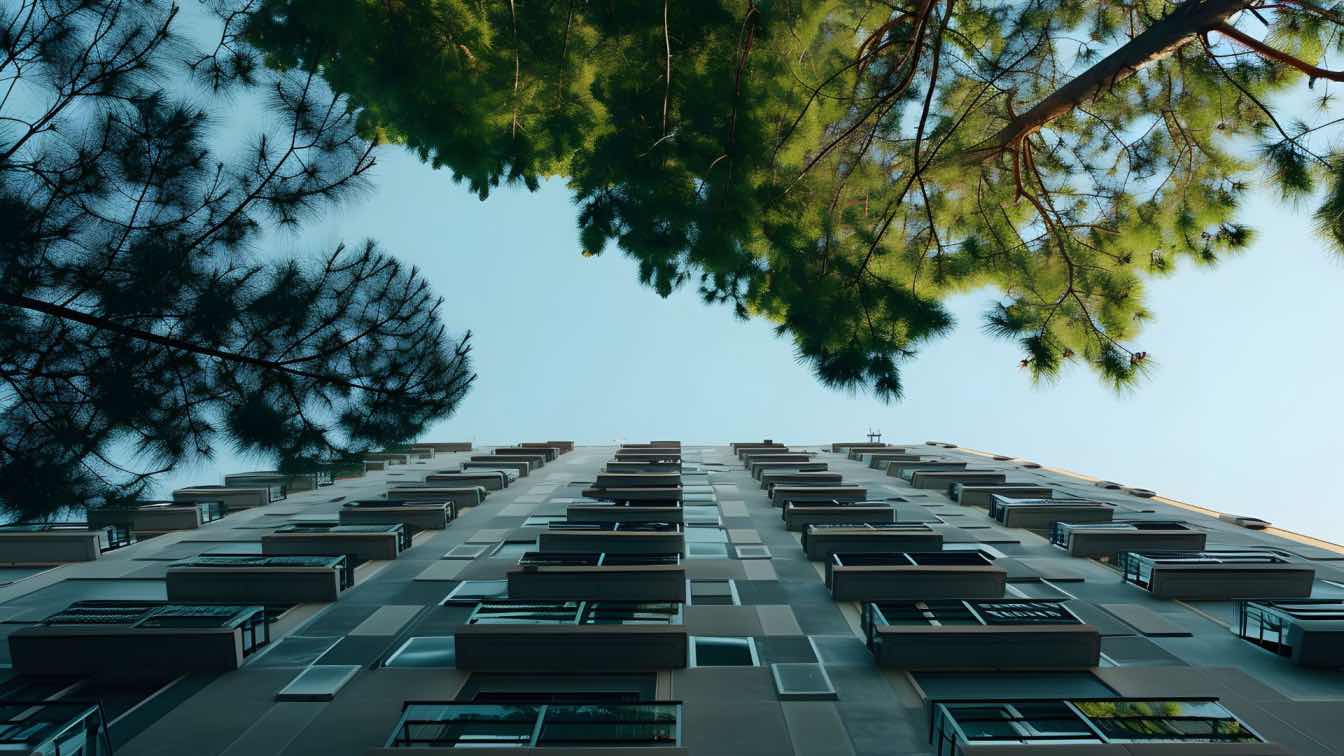In construction and design, glass offers both aesthetic appeal and functional benefits. However, not all glass is created equal. Two prominent types of glass, laminated glass and tempered glass, stand out for their unique properties and applications. Understanding the distinctions between these two types is crucial when making informed decisions about their use in various settings, whether it's for windows, doors, skylights, or other architectural elements.
This comprehensive guide aims to shed light on the key differences between laminated and tempered glass, exploring their manufacturing processes, safety features, applications, and factors to consider when choosing the right option for your specific needs. We'll delve into the strengths and weaknesses of each type, providing you with the knowledge necessary to make an educated decision that balances safety, functionality, and aesthetic preferences. And remember, when it comes to sourcing high-quality tempered glass, partnering with a reputable tempered glass manufacturer, like Apex Tempered Glass, can ensure you receive a product that meets the highest standards of quality and performance.
Laminated Glass: The Multi-Layered Guardian
Laminated glass is a type of safety glass that consists of two or more layers of glass bonded together with a thin layer of polyvinyl butyral (PVB) interlayer. This interlayer acts as a powerful adhesive, holding the glass layers together even upon impact. The manufacturing process involves carefully sandwiching the PVB interlayer between the glass sheets and then applying heat and pressure to create a strong and durable bond.
The defining characteristic of laminated glass is its exceptional safety performance. Upon impact, the PVB interlayer holds the shattered glass fragments in place, preventing them from scattering and causing injury. This makes laminated glass an ideal choice for applications where safety is a paramount concern, such as windshields, skylights, and glass railings.
In addition to its impressive safety credentials, laminated glass boasts a range of other advantages that make it a desirable choice for various applications. The PVB interlayer not only holds shattered glass together but also acts as a sound barrier, effectively reducing noise transmission through the glass. This acoustic insulation makes laminated glass a popular choice for homes and buildings situated in noisy environments or near busy streets, offering occupants a more peaceful and tranquil living or working space. Furthermore, laminated glass can block up to 99% of harmful UV rays, safeguarding your interior furnishings, flooring, and artwork from the ravages of sun damage and fading. Finally, the robust bond between the glass layers and the PVB interlayer enhances security by making laminated glass considerably more difficult to penetrate, providing an additional layer of protection for homes and businesses.
The versatility of laminated glass Chicago is evident in its wide array of applications across various sectors. In the automotive industry, it's the go-to choice for windshields, side windows, and rear windows, prioritizing passenger safety in the event of an accident. In the architectural realm, laminated glass graces curtain walls, skylights, glass railings, and facades, adding a touch of elegance while ensuring structural integrity and safety. Within residential settings, it finds its place in windows, doors, shower enclosures, and even glass tabletops, offering both beauty and peace of mind. In the commercial sector, laminated glass is commonly used for storefronts, display cases, and security glazing, providing protection against theft and vandalism.
Tempered Glass: The Resilient Powerhouse
Tempered glass, also known as toughened glass, is created through a thermal tempering process. During this process, standard glass is heated to a high temperature and then rapidly cooled, creating a state of compression on the surface and tension in the core. This process significantly increases the glass's strength and durability.
Tempered glass is renowned for its remarkable strength and shatter resistance. Upon impact, it breaks into small, relatively harmless pieces rather than sharp shards, reducing the risk of serious injury. This makes it a popular choice for applications where safety is important, such as shower doors, glass tabletops, and certain types of windows.
Tempered glass has carved a niche for itself in a myriad of applications across diverse sectors. In the automotive industry, it's commonly used for side and rear windows, offering enhanced safety for passengers in the event of an accident. In architectural settings, tempered glass is frequently employed for windows, doors, and shower enclosures, providing both aesthetic appeal and safety benefits. Within residential spaces, its strength and shatter-resistant properties make it a popular choice for glass tabletops, shelves, and fireplace screens. In the commercial sector, tempered glass finds its use in display cases, refrigerator doors, and oven doors, where its durability and safety features are highly valued.
Making the Choice: Laminated vs. Tempered Glass
When deciding between laminated and tempered glass, several factors warrant careful consideration:
Safety: Both laminated and tempered glass offer enhanced safety compared to standard annealed glass. However, laminated glass is generally considered superior in terms of preventing injuries from shattered glass, as the PVB interlayer holds the fragments together. Tempered glass, while shatter-resistant, still breaks into small pieces that can pose a risk, especially in areas where bare feet or children are present.
Security: If security is a major concern, laminated glass may be the better choice due to its resistance to penetration. The PVB interlayer creates a strong barrier that makes it difficult for intruders to break through.
Sound Reduction: Laminated glass excels at reducing noise transmission, making it a preferred option for environments where noise pollution is an issue.
UV Protection: If you're looking to protect your interior furnishings and artwork from fading, laminated glass offers superior UV protection compared to tempered glass.
Cost: Tempered glass is generally more affordable than laminated glass due to its simpler manufacturing process. However, the cost difference may vary depending on the size and thickness of the glass.
Application: The specific application will also influence your choice. For windshields, skylights, and glass railings, laminated glass is often mandated by building codes due to its safety benefits. For shower doors, glass tabletops, and certain types of windows, tempered glass may be a suitable and cost-effective option.
Conclusion
You have to understand the differences between laminated and tempered glass in order to make informed decisions that prioritize safety, functionality, and aesthetics. Each type of glass offers unique benefits and drawbacks, and the ideal choice will depend on the specific application and your individual needs and priorities.
Whether you're embarking on a construction project, renovating your home, or simply replacing a window or door, consulting with a knowledgeable professional or a trusted tempered glass manufacturer Chicago can help you navigate the complexities of glass selection and ensure that you choose the right product for your project. By understanding the nuances of laminated and tempered glass, you can make confident decisions that enhance the safety, beauty, and functionality of your space.

